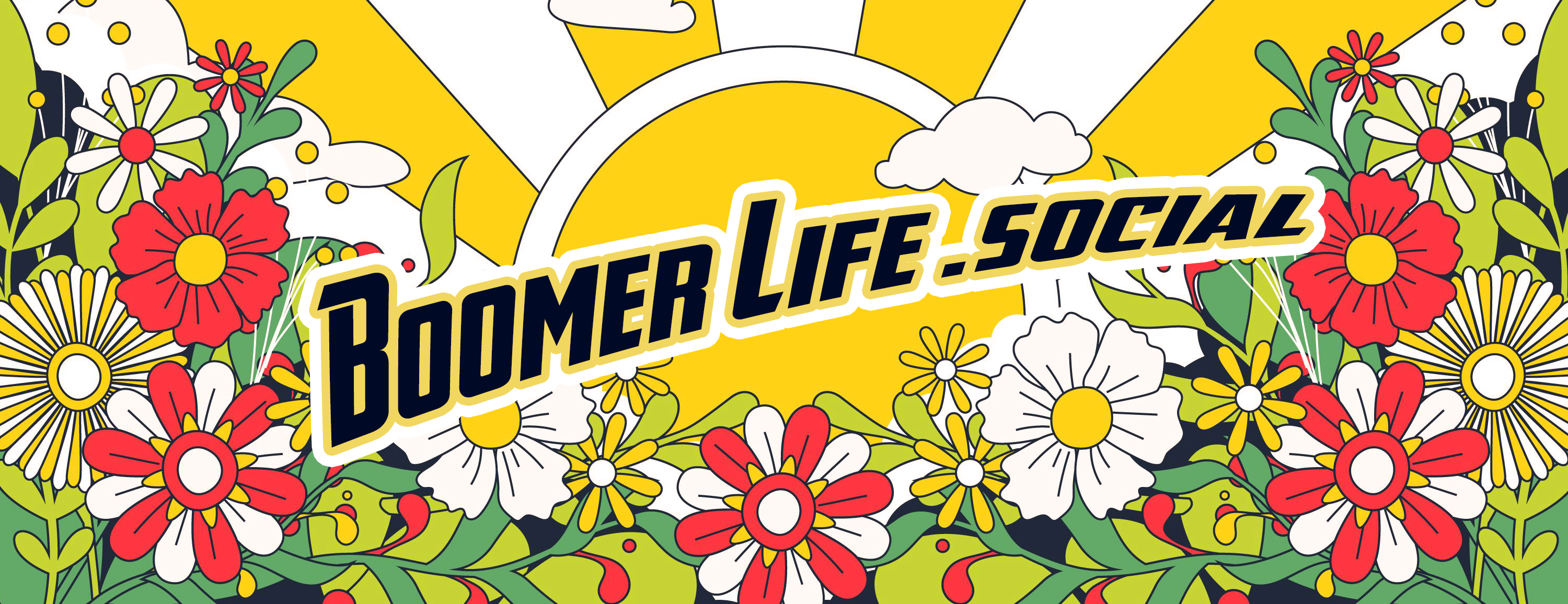Share this article with your network of friends!
For seniors who have followed the exciting world of NASCAR for decades, it’s hard to believe that this high-octane sport began as a humble endeavor. The National Association for Stock Car Auto Racing, better known as NASCAR, has a rich history that dates back to the early 20th century. This article takes a trip down memory lane to explore the origins of NASCAR and the key milestones that shaped it into the beloved motorsport it is today.
Prohibition-Era Roots
NASCAR’s origins can be traced back to the Prohibition era in the United States when bootleggers turned their skills to souping up their cars to outrun law enforcement. These “stock cars” were modified to carry illegal moonshine while maintaining the outward appearance of ordinary vehicles. Bootleggers engaged in thrilling high-speed chases through the backroads and rural areas, giving rise to informal races and competitions.
The Daytona Beach Road Course
As the demand for racing entertainment grew, organized competitions began to take shape. In the late 1930s, racing events were held on the sandy beaches of Daytona Beach, Florida. The Daytona Beach Road Course, a 4.1-mile stretch combining the beach and public roads, became the birthplace of NASCAR’s early races.
Bill France Sr.: The Visionary Founder
In the late 1940s, Bill France Sr., a racing enthusiast and promoter, recognized the potential for organizing stock car races on a national scale. On December 14, 1947, France hosted a meeting at the Streamline Hotel in Daytona Beach, inviting drivers, mechanics, and promoters to establish a unified governing body for stock car racing. This meeting marked the official formation of NASCAR, with Bill France Sr. as its first president.
The Inaugural Season
NASCAR’s inaugural season in 1948 featured eight races, and the first official race took place at the Charlotte Speedway (now Charlotte Motor Speedway) in North Carolina. Red Byron emerged as the champion, winning the first NASCAR title.
Expanding the Reach
As NASCAR grew in popularity, it expanded its racing schedule and introduced the NASCAR Grand National Series (now known as the NASCAR Cup Series). Drivers like Lee Petty, Fireball Roberts, and Junior Johnson captured the hearts of fans and became racing legends.
The Rise of Superspeedways
The construction of superspeedways, such as Daytona International Speedway and Talladega Superspeedway, in the 1950s and 1960s brought a new dimension to NASCAR racing. These high-banked, high-speed tracks provided drivers with thrilling challenges and exhilarating races that drew enormous crowds.
Modern Era and Global Appeal
In the following decades, NASCAR evolved into a multibillion-dollar industry, gaining a massive fan base across the United States and internationally. Stars like Richard Petty, Dale Earnhardt, and Jeff Gordon became household names, contributing to the sport’s enduring appeal.
Conclusion
From its humble beginnings in the Prohibition era to becoming one of the most popular motorsports in the world, NASCAR has a remarkable history that continues to captivate fans of all ages. The dedication and passion of its drivers, the excitement of high-speed races, and the sense of camaraderie among fans make NASCAR an enduring tradition that seniors have cherished and enjoyed throughout the years. As we celebrate the roaring roots of NASCAR, we honor the legacy of its founders and the countless drivers who have left their tire marks on this thrilling sport.
DISCLAIMER: This website contains articles for informational and entertainment purposes only. No articles on this website should be considered as professional advice for any medical, legal, or financial matter. Advertisements and content may contain affiliate links, where the website earns a commission for sales derived from our users.





